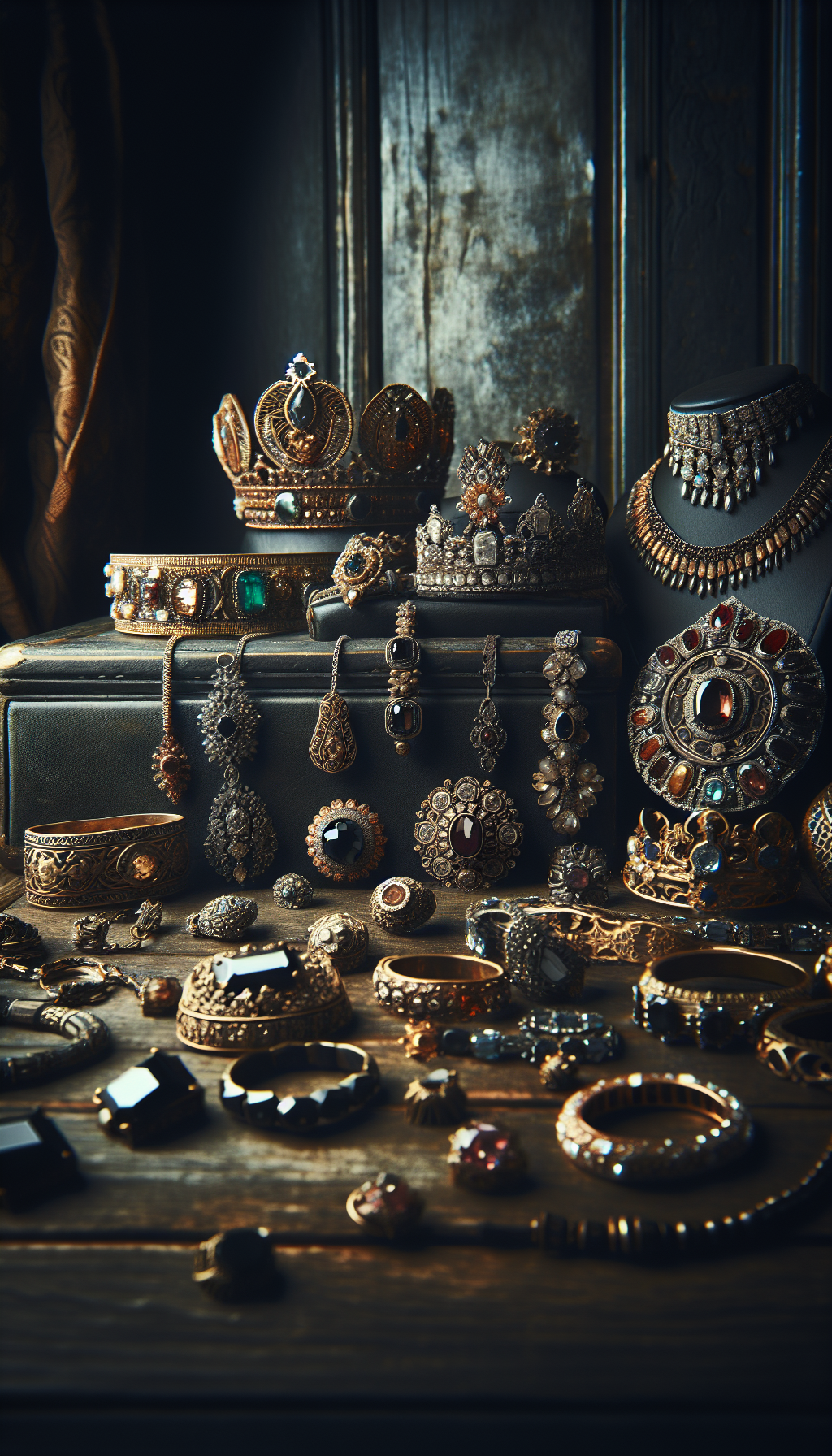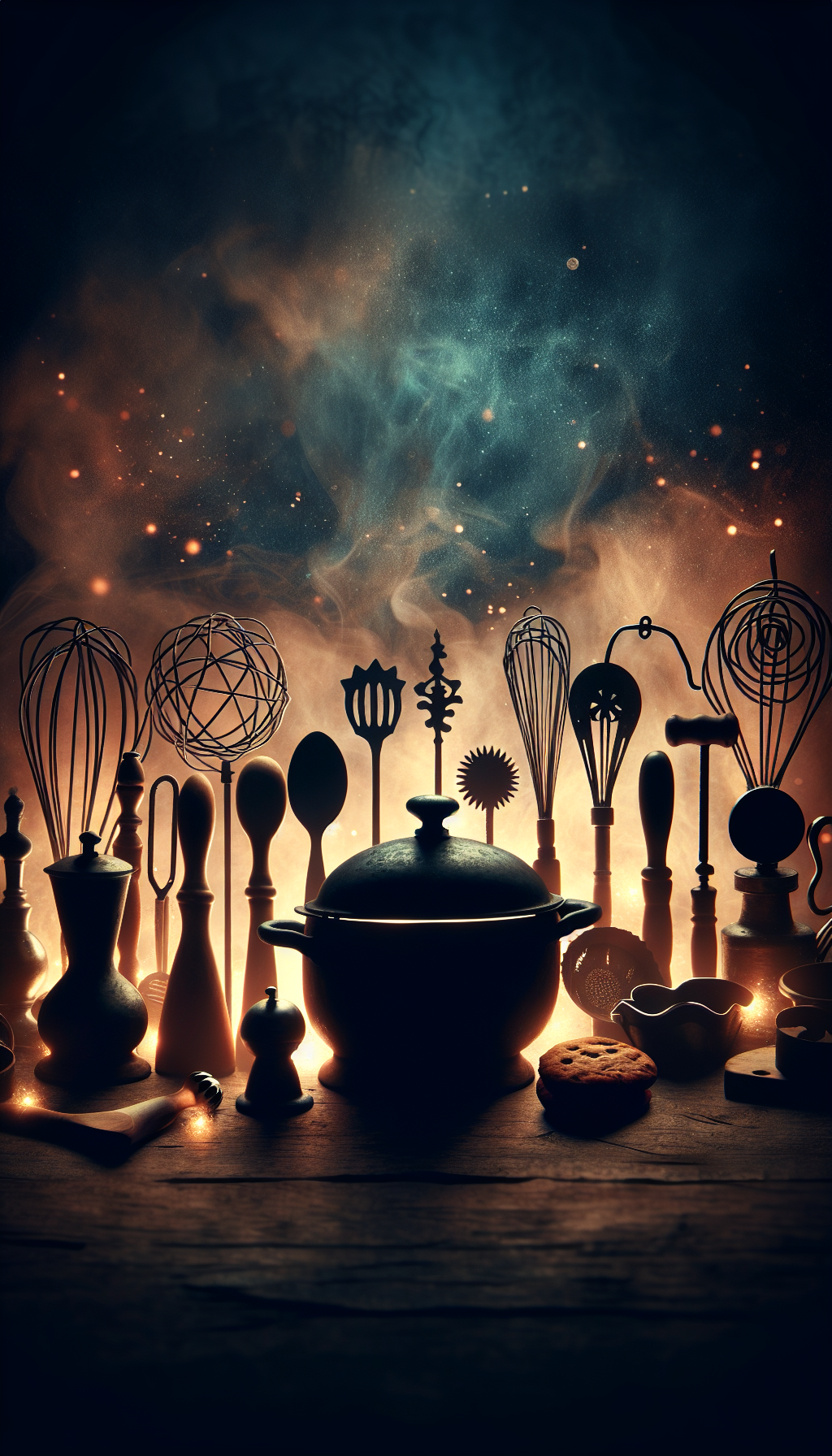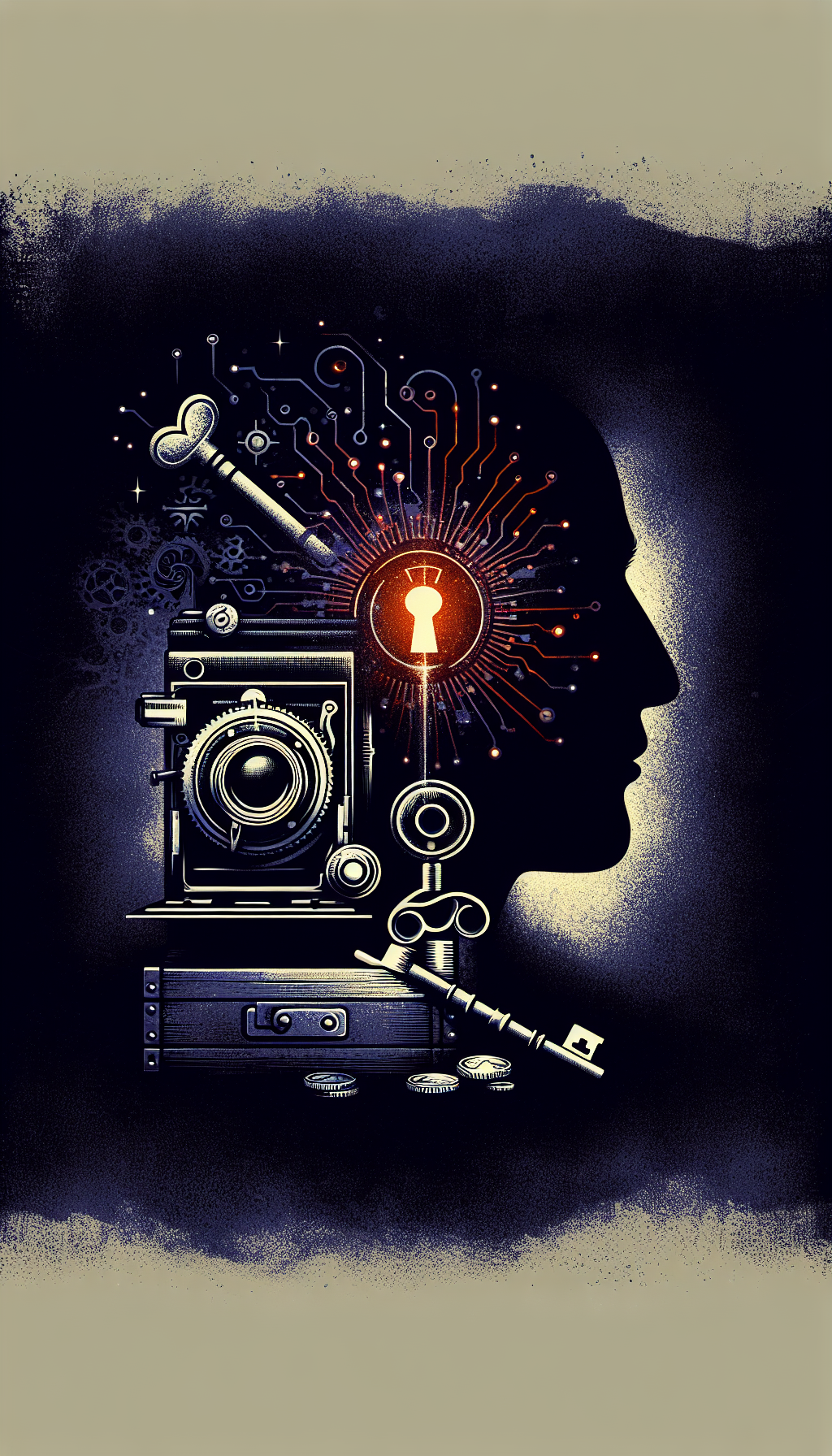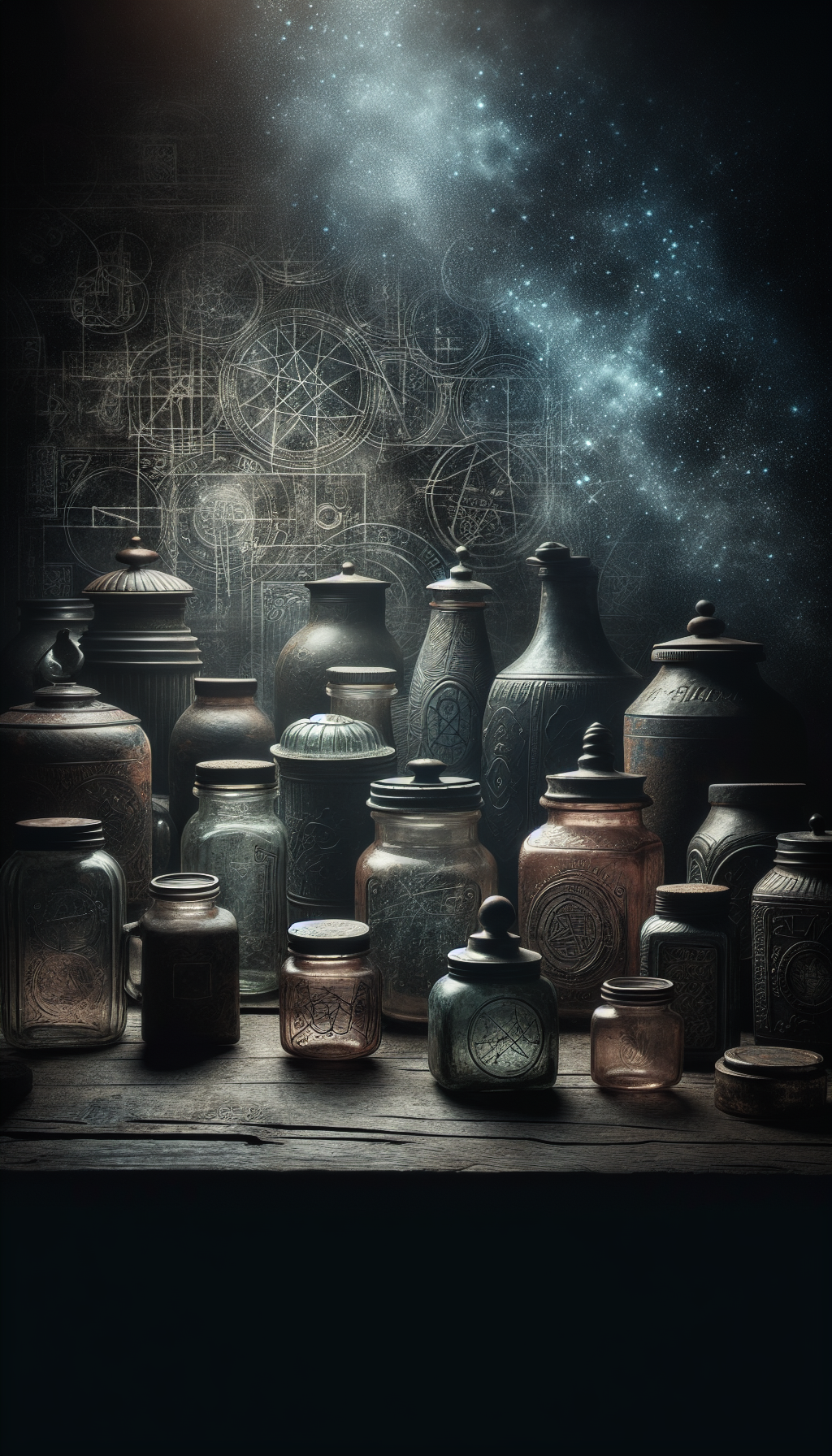Introduction to Antique Glassware Identification
Antique glassware captures the artistic sensibilities and technological capabilities of bygone eras. From the delicate hand-blown vessels of early America to the mass-produced yet beautiful depression glass of the 1930s, each piece tells a story of its time. Today, we’ll explore the essential techniques, markers, and characteristics that help collectors identify, authenticate, and value antique glass.
According to glass experts, pieces more than 100 years old are considered truly antique, while those at least 40 years old fall into the vintage category. However, both categories can hold significant value depending on factors like rarity, condition, manufacturer, and historical importance.
Antique Glass Market Indicators
287% Growth in rare glass values since 2015 $25,000+ Record prices for exceptional pieces 40-60% Value difference between good and mint condition
Key Markings and Identification Methods
Embossed Markings and Maker’s Marks
Many glass manufacturers marked their products with distinctive symbols, signatures, or brand names. These can appear as raised letters or designs on the bottom or side of the piece. According to experts at The Outer Banks Candle Company, embossed markings are one of the most definitive ways to identify the manufacturer and approximate age of glassware.
Common maker’s marks include:
- “LCT” for Louis Comfort Tiffany
- “McKee” or “M in a circle” for McKee Glass Company
- “HA” for Heisey Glass Company
- “F in a shield” for Fostoria Glass Company
- “Anchor Hocking” or an anchor symbol
Pontil Marks
A pontil mark is a rough or smooth circular scar on the bottom of a glass item where it was attached to the blowpipe during manufacturing. These marks are typically found on hand-blown glass made before the 1860s and can be crucial for dating early American and European glassware.
According to Roseberys London, pontil marks are a key feature to look for on early drinking vessels, appearing as a rough edge at the center of the base caused by breaking the finished glass from the pontil rod.
Mold Lines and Seams
Visible mold lines indicate that the glass was machine-made rather than hand-blown. The positioning and characteristics of these seams can help determine the age:
- Early mold-blown glass (pre-1880s) often shows crude, asymmetrical seams
- Bottles with seams extending through the lip typically date after 1903
- Very faint or perfectly symmetrical seams suggest modern manufacturing techniques
Glass Authentication Checklist
Check applicable signs when examining antique glassware
- Presence of pontil mark (pre-1860s)
- Embossed manufacturer markings
- Proper patina and wear consistent with age
- Appropriate weight and thickness for period
- Pattern matches known historical designs
- Color is consistent with period production methods
- No modern manufacturing techniques visible
Types & Styles of Antique & Vintage Glass
Depression Glass (1920s-1940s)
Depression glass refers to colorful, often transparent glass that was mass-produced during the Great Depression era. It was frequently given away as promotional items or packed with household goods. According to a TreasureNet forum discussion, depression glass is characterized by:
- Being pressed into iron molds rather than hand-blown
- Typically having visible mold lines
- Coming in distinctive colors like pink, green, amber, and blue
- Featuring geometric or floral patterns
Despite being mass-produced, certain patterns and colors of Depression glass have become highly collectible, with rare pieces commanding premium prices.
Art Glass (1890s-1930s)
Art glass encompasses decorative glass pieces produced by notable companies like Tiffany, Steuben, and Loetz. As described by the Decorative Collective, Art Glass from the 1890s and early 1900s represents some of the most artistic and valuable antique glass available.
Characteristics include:
- Sophisticated coloring techniques including iridescence and lusters
- Free-form, artistic designs rather than uniform patterns
- Often signed or marked by their creators
- Exceptional craftsmanship and artistic merit
Carnival Glass (1907-1925)
Carnival glass is known for its iridescent surface that displays multiple colors when held to the light. According to insights from Elle Decor, genuine carnival glass has several distinctive qualities:
- A metallic, rainbow-like sheen on the surface
- Pressed glass pattern beneath the iridescent coating
- Commonly found in marigold, blue, green, and purple colors
- Named because it was often given as carnival prizes
For more detailed information on identifying and valuing carnival glass specifically, collectors can refer to specialized resources like this YouTube guide.
Cut Crystal
Cut crystal represents the pinnacle of glass craftsmanship, featuring precisely cut patterns that refract light brilliantly. True antique cut crystal:
- Contains at least 24% lead oxide (in lead crystal varieties)
- Produces a distinctive “ping” sound when flicked
- Features hand-cut patterns with exceptional precision
- Shows slight variations in cutting depth and angles (machine-cut patterns are perfectly uniform)
- Often comes from renowned makers like Waterford, Baccarat, or Libbey
Art Deco Glass (1920s-1930s)
Art Deco glassware emerged as part of the broader Art Deco movement and featured bold geometric patterns and striking colors. According to Elle Decor, a key to identifying original Art Deco-era pieces is by color—the more garish the better, as this was the fashion of the time. Look for acid green, bold pinks, and strong blues.
Evolution of American Glassware
- 1800-1860
Early American Period
Handblown glass with pontil marks. Primarily utility items with limited decoration. Notable companies include Boston & Sandwich Glass Company and New England Glass Company. - 1870-1900
Victorian Era
Ornate patterns and colored glass became popular. Introduction of pressed glass technology. Rise of pattern glass and "EAPG" (Early American Pattern Glass). - 1890-1925
Art Glass Period
Art Nouveau influences. Tiffany, Steuben, and other art glass pioneers. Iridescent finishes and innovative techniques. Carnival glass introduced around 1907. - 1920-1940
Depression Era
Mass production of affordable colored glassware. Companies like Anchor Hocking and Federal Glass produced iconic Depression glass patterns. Streamlined Art Deco influence. - 1940-1970
Mid-Century Modern
Simplified forms with occasional bold colors. Scandinavian influence. Companies like Blenko and Fenton continued artistic traditions while adapting to modern tastes.
Color as a Key Identifier

According to Hemswell Antiques, antique glass can feature a wide range of colors created by adding different compounds during manufacturing. These colors not only help identify the period but often influence value as well.
Valuable Color Indicators
- Pink/Cranberry Glass: Typically the most valuable, colored using gold oxide
- Cobalt Blue: Created using cobalt salts, distinctive deep blue color
- Uranium/Vaseline Glass: Yellow-green glass that glows under UV light, made with uranium oxide
- Amethyst/Purple: Often the result of clear glass with manganese being exposed to sunlight over long periods
- Amber/Brown: Created using iron and sulfur compounds
- Milk Glass: Opaque white glass, popular during the Victorian era through mid-20th century
Color and Age Correlation
Certain colors can help narrow down the age of a piece:
- Aqua or light blue tint in clear glass often indicates pre-1920 manufacture
- Selenium-based pink glass became common in the 1920s-1940s
- Black glass (which appears very dark purple or green when held to light) was popular in the late 19th century
- Carnival glass colors like marigold and blue were most common from 1907-1925
Artificially Colored Glass
Beware of artificially colored glass, which has been treated to appear antique. According to glass experts, some telltale signs include:
- Colors that appear painted on rather than integrated into the glass
- Uneven coloration or color that can be scratched off
- Colors that don’t match known historical manufacturing methods
- Modern glass pieces altered to appear vintage
Antique Glass Value by Color
Average market values as of 2024
</tbody>
</table>
Popular Brands and Manufacturers

American Glass Manufacturers
Tiffany Glass: Founded by Louis Comfort Tiffany, this company is renowned for its iridescent art glass and innovative techniques. Authentic pieces are typically signed with “L.C.T.” or “Tiffany Studios.” According to the Glass Encyclopedia, Tiffany pieces are among the most valuable antique glass items, with prices ranging from thousands to hundreds of thousands of dollars.
Fenton Art Glass: Operating from 1905 to 2011, Fenton produced a wide range of decorative glassware, including carnival glass, milk glass, and hobnail patterns. Their pieces typically feature an oval “Fenton” logo, though earlier pieces may be unmarked.
Fostoria Glass Company: Active from 1887 to 1986, Fostoria was known for high-quality tableware and decorative items. Their American pattern, introduced in 1915, is one of the most collected glass patterns in America.
Anchor Hocking: Founded in 1905, this company produced many popular Depression glass patterns. Their Fire-King line, introduced in the 1940s, has become particularly collectible.
Steuben Glass: Known for exceptionally clear crystal, Steuben was founded in 1903 and created prestigious art glass and crystal gifts. Their pieces often feature an acid-etched signature.
European Glass Manufacturers
Baccarat: This French crystal manufacturer dates back to 1764 and is known for exceptional quality and craftsmanship. Authentic pieces typically carry an acid-etched or engraved “Baccarat France” mark.
Waterford: Founded in Ireland in 1783, Waterford is renowned for heavy, intricate cut crystal. Early pieces were rarely marked, but more modern items feature an acid-etched signature.
Murano Glass: Not a single company but rather glass from the Venetian island of Murano, known for colorful, artistic designs and techniques developed over centuries. Authentic pieces may have a “Murano” or “Made in Italy” label, though forgeries are common.
Lalique: Founded by René Lalique in the late 19th century, this French company is famous for Art Nouveau and Art Deco designs. Pieces typically feature the “Lalique” or “R. Lalique” signature.
Assessing Value and Authenticity
Condition Assessment
According to experts, condition is perhaps the most critical factor in determining value. Even rare pieces lose substantial value if damaged. The Veranda article on antique glass identification notes several condition factors to examine:
- Chips and cracks: Even minor damage can reduce value by 50% or more
- Wear patterns: Look for scratches, especially on the bottom where the piece would contact surfaces
- Crazing: Fine networks of tiny cracks in the glass surface
- Cloudiness: Loss of clarity that can’t be removed with cleaning
- Repairs: Previous repairs, while sometimes skillfully done, typically reduce value
Rarity and Desirability
Rarity dramatically impacts value, but must be combined with collector demand. Factors that influence desirability include:
- Limited production runs: Items produced for only a short time
- Experimental colors or patterns: Test pieces or unusual variations
- Historical significance: Pieces associated with important events or people
- Documentation: Original packaging, receipts, or certificates of authenticity
- Current collecting trends: Popularity of certain styles fluctuates over time
Authentication Resources
When in doubt about a piece’s authenticity, several resources can help:
- Specialized reference books: Pattern guides and manufacturer catalogs
- Professional appraisers: Experts specializing in antique glass
- Museum collections: Compare with authenticated examples
- Online collector communities: Groups like the Vintage Glass Identification Facebook group can provide crowd-sourced expertise
- Digital resources: Websites like Replacements.com maintain extensive pattern databases
As mentioned in a Reddit discussion, Replacements.com offers a search feature where you can describe a piece, and it will suggest potential matches from their extensive database.
Notable Antique Glass Auction Results
Recent significant sales demonstrating market values
| Category | Price | Notes |
|---|---|---|
| Pink/Cranberry | $200-$5,000+ | Highest value, made with gold oxide |
| Cobalt Blue | $50-$1,000 | Highly collectible, distinctive color |
| Uranium/Vaseline | $75-$1,500 | Valued for UV reactivity |
| Amethyst/Purple | $50-$800 | Popular in art glass pieces |
| Milk Glass | $20-$500 | Widely produced, value depends on pattern |
| Clear Pattern Glass | $15-$300 | Value based primarily on pattern rarity |
</tbody>
</table>
Digital Resources and Tools for Identification
Online Databases and Digital Archives
Several comprehensive online resources have emerged as valuable tools for glass identification:
The Glass Encyclopedia: The 20th Century Glass encyclopedia offers an extensive guide to many types of antique and collectable glassware, with detailed galleries and information.
Manufacturer Archives: Many historical glass companies maintain digital archives of their patterns and products, which can be invaluable for identification.
Museum Collections: Major museums with significant glass holdings often have searchable online databases of their collections, providing authenticated reference examples.
Replacements.com: As mentioned in multiple collector forums, this commercial site maintains one of the most comprehensive pattern databases available.
Mobile Apps for Glass Identification
While no app can replace expert knowledge, several mobile applications can assist with preliminary identification:
Glass Identification Apps: Specialized apps allow users to photograph and compare their items against known patterns and manufacturers.
Visual Search Tools: General visual search tools can sometimes help match unknown patterns to similar documented examples.
Auction House Apps: Major auction houses like Sotheby’s and Christie’s offer apps that include archives of past sales, which can help with identification and valuation.
According to the Veranda article, online resources like Loetz.com are recommended by experts for specialized identification of certain types of art glass.
Community Resources
Online communities have become invaluable resources for collectors seeking identification help:
Facebook Groups: Groups like Vintage Glass Identification bring together thousands of collectors who can help identify unknown pieces.
Reddit Communities: Subreddits like r/glasscollecting and r/Antiques regularly feature identification requests with crowdsourced expertise.
Collector Forums: Specialized forums for specific types of glass or manufacturers often contain archives of previously identified pieces that can be searched and referenced.
Essential Antique Glass Identification Resources
Glass Encyclopedia
Comprehensive identification guide covering numerous types of antique and collectible glass with detailed galleries and information.
Replacements.com Pattern Database
Extensive commercial database of china, crystal, and silver patterns with searching capabilities by description and characteristics.
Vintage Glass Identification Group
Active Facebook community with thousands of members helping to identify unknown glass pieces and share knowledge.
How to Identify Antique and Vintage Glassware
Expert guide with detailed information on identification techniques, popular styles, and value factors.
Carnival Glass Collectors Association
Specialized resource for carnival glass collectors with identification guides, price references, and collector information.
The Outer Banks Candle Company Glass Guide
Detailed guide on identifying glass markings, historical contexts, and authentication techniques for antique glass.
Common Questions About Antique Glassware Identification
How can you tell if old glassware is valuable?
Determining the value of antique glassware involves examining several key factors:
- Rarity: Limited production items or those from prestigious manufacturers like Tiffany or Steuben typically command higher prices
- Color: As noted by Hemswell Antiques, pink and red (cranberry) glass created using gold oxide is generally the most valuable, while blue, green, and amber pieces often bring lower prices
- Condition: Mint condition pieces without chips, cracks, or repairs can be worth several times more than damaged examples
- Age: Generally, pre-1900 pieces are more valuable than later mass-produced items
- Pattern: Unusual or highly detailed patterns typically increase value
- Provenance: Documented history or original packaging can significantly boost value
For a definitive valuation, consult a professional appraiser specializing in antique glass or research recent auction results for comparable pieces.
How do you identify antique glass markings?
Identifying antique glass markings involves examining several key areas:
Bottom examination: Most markings will be located on the base of the item. Look for embossed logos, letters, numbers, or symbols.
Pontil marks: These circular scars on the bottom indicate hand-blown glass made before the 1860s. They appear where the glass was separated from the blowpipe.
Mold lines: These seams indicate machine-manufactured glass. Their characteristics can help date the piece—for example, bottles with seams through the lip typically date after 1903.
Acid-etched signatures: Often found on art glass and fine crystal, these are lightly etched into the glass rather than embossed.
Pattern identification: Some patterns are proprietary to specific manufacturers, helping identify unmarked pieces.
Reference books and online databases of manufacturer marks can help match symbols to specific companies. When all else fails, communities like the Vintage Glass Identification group on Facebook can offer expert assistance with unusual or obscure markings.
How do you identify old drinking glasses?
Identifying old drinking glasses involves examining several characteristics:
Pontil marks: According to Roseberys London, early drinking vessels often have a pontil mark (rough edge) at the center of the base, caused by breaking the finished glass from the pontil rod.
Weight and thickness: Antique drinking glasses often have inconsistent thickness and are heavier than modern counterparts.
Rim examination: Pre-1940s glasses typically have a rolled or fire-polished rim rather than a perfectly cut edge.
Pattern analysis: Research pattern directories to match distinctive designs with known manufacturers and time periods.
Glass quality: Hold the glass to light; look for tiny bubbles, striation marks, or slight color tints that indicate older manufacturing methods.
Base wear: Genuine antique glasses typically show some wear on the base consistent with their age.
Always examine the glass in good lighting, preferably natural daylight, to see subtle details that might be missed otherwise. Magnification can help identify small maker’s marks or manufacturing characteristics.
What websites can help identify glassware?
Several reliable websites can assist with glassware identification:
The Glass Encyclopedia (20thcenturyglass.com): A comprehensive resource with detailed information on numerous glass types, manufacturers, and patterns.
Replacements.com: As recommended in a Reddit discussion, this commercial site offers an extensive database of patterns that can be searched by description.
Specialized collector sites: For specific types of glass, dedicated sites like loetz.com (for Loetz art glass) provide detailed pattern documentation and history.
Museum collections: Major museums with significant glass holdings often maintain searchable online databases of their collections.
Auction archive sites: LiveAuctioneers, Invaluable, and major auction house websites maintain searchable archives of past sales with detailed descriptions.
Pattern matching services: Some commercial sites allow you to upload photos for pattern matching or expert consultation.
According to Veranda magazine, expert Laura Robinson specifically recommends loetz.com for art glass identification, where collectors have documented the history and examples of different types of glass.
Most effective identification often comes from using multiple resources in combination and consulting with online communities when specialized knowledge is required.
What are the most valuable types of antique glassware?
The most valuable types of antique glassware include:
Tiffany Art Glass: Particularly Favrile glass and lamps, which can fetch tens of thousands to hundreds of thousands of dollars at auction.
Steuben Art Glass: Especially early pieces designed by Frederick Carder, including Aurene and Calcite glass.
Rare Depression Glass Patterns: Certain rare patterns or colors (particularly red/pink) can command premium prices despite being mass-produced.
Early American Hand-Blown Glass: 18th and early 19th-century pieces, particularly those with documented provenance.
Rare Carnival Glass: Despite being mass-produced, certain rare patterns like Millersburg’s Peoples Vase or Northwood’s Strawberry Butterfly can sell for thousands.
Baccarat and Waterford Crystal: Antique pieces from these prestigious manufacturers maintain strong value, especially complete sets or large decorative items.
Venetian/Murano Art Glass: Historical pieces from the Venetian island of Murano, particularly those by master glassblowers.
Colored Pattern Glass: Victorian-era colored pattern glass, especially in rare colors or patterns.
The condition is paramount—even rare pieces lose significant value if damaged. For the highest values, look for pieces that combine rarity, excellent condition, artistic merit, and historical significance.
Conclusion: Developing Your Expertise
The world of antique glass is vast and diverse, spanning centuries of craftsmanship and artistic expression. From delicate hand-blown vessels to boldly colored Depression glass, each piece represents a tangible connection to our past. Learning to read the subtle clues that reveal a piece’s origin, age, and value not only enhances your collecting experience but can also lead to discovering overlooked treasures.
As you continue your journey into antique glass identification, remember that expertise comes with practice. Handle as many authentic pieces as possible, visit museums with significant glass collections, attend antique shows, and connect with other collectors through organizations and online communities. The resources provided in this guide offer excellent starting points, but there’s no substitute for developing your eye through direct experience.
Whether you’re a seasoned collector or just beginning to explore the fascinating world of antique glassware, we hope this guide serves as a valuable reference in your quest to identify, authenticate, and appreciate these delicate treasures from the past. The history, artistry, and craftsmanship embodied in antique glass make it not just a collectible, but a meaningful connection to our shared cultural heritage.
Get a Professional Appraisal
Unsure about your item’s value? Our certified experts provide fast, written appraisals you can trust.
- Expert report with photos and comps
- Fast turnaround
- Fixed, upfront pricing
No obligation. Secure upload.
| Item | Price | Date | Auction House |
|---|---|---|---|
| Tiffany Favrile Glass Vase, c.1900 | $32,500 | March 2024 | Sotheby's |
| Rare Cobalt Blue Depression Glass Butter Dish | $4,200 | January 2024 | Heritage Auctions |
| Steuben Gold Aurene Art Glass Bowl | $7,800 | November 2023 | Christie's |
| Rare Fenton Carnival Glass "Peacock Tail" Vase | $3,400 | February 2024 | Morphy Auctions |
| Set of 12 Baccarat Crystal Champagne Flutes, c.1920 | $5,600 | April 2024 | Bonhams |




